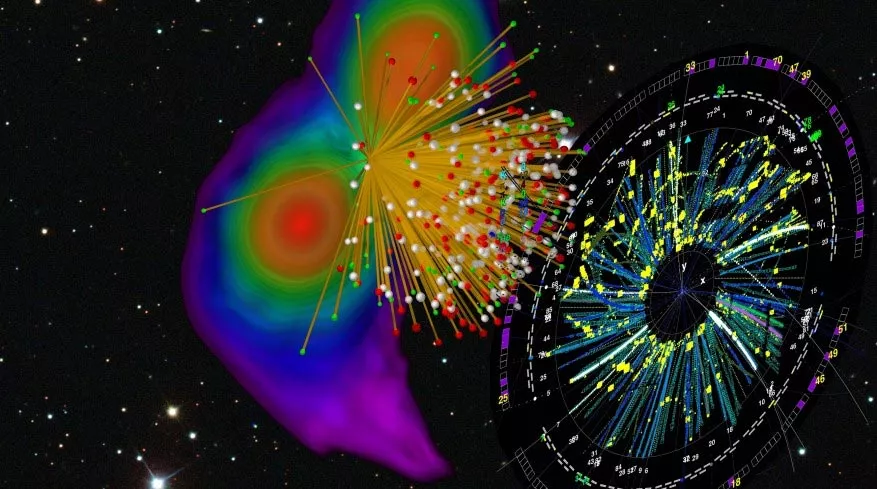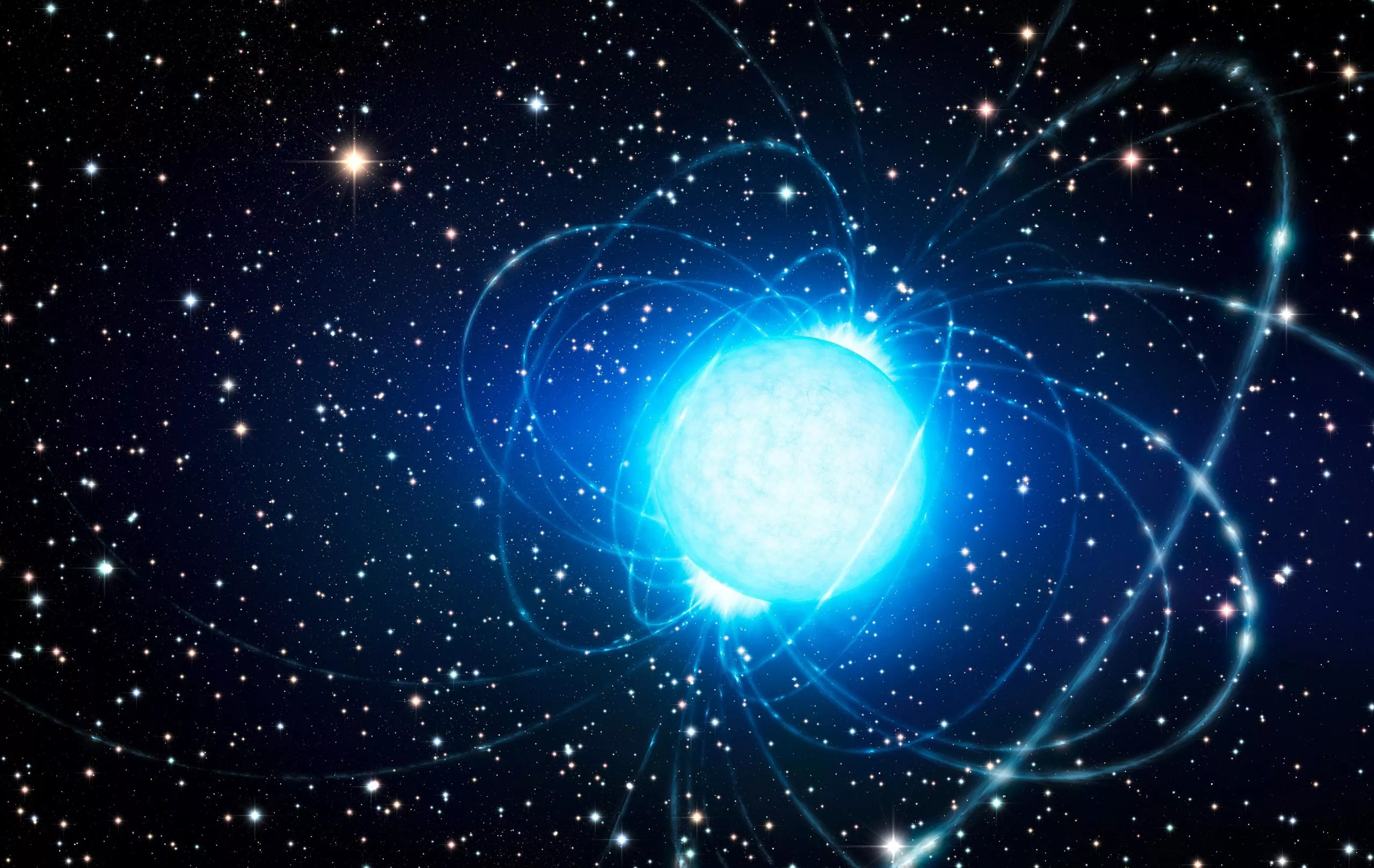When a huge star explodes in a supernova, if it is not completely destroyed, it will leave behind a black hole or a neutron star. These mysterious cosmic objects are particularly mysterious because of the crushing internal pressure caused by the incredible density of neutron stars and the puzzling properties of the nuclear matter they form.

Now, for the first time, an international research group will combine the data of self weight ion experiments, gravitational wave measurements and other astronomical observations with advanced theoretical models to more accurately constrain the properties of nuclear matter. These results were published in nature on June 8, local time.
In the whole universe, neutron stars are born in supernova explosions, which marks the end of the life of massive stars. Sometimes, neutron stars will be bound in binary systems and will eventually collide with each other. These high-energy astrophysical phenomena are characterized by the production of most heavy elements, such as silver and gold, under such extreme conditions. Therefore, neutron stars and their collisions are a unique laboratory for studying the properties of matter whose density is much higher than that in atomic nuclei. The heavy ion collision experiment with particle accelerator is a supplementary way to produce and detect matter under high density and extreme conditions.
New insights into the fundamental interactions that play a role in nuclear matter
Sabrina Huth, of the Institute of nuclear physics at Darmstadt University of technology, said: "the combination of nuclear theory, nuclear experiments and astrophysical observations is crucial to reveal the properties of neutron rich matter in the entire density range detected by neutron stars." She is one of the first authors of the research paper. Peter T. h. Pang, another first author from the Institute of gravitation and subatomic physics (grasp) of Utrecht University, added: "we found that the constraints of gold ion collisions from particle accelerators show significant consistency with astrophysical observations, although they are obtained in completely different ways."

The latest progress in multi messenger astronomy has enabled the international research group composed of researchers from Germany, the Netherlands, the United States and Sweden to gain new understanding of the basic interactions that play a role in nuclear matter. In an interdisciplinary effort, researchers have incorporated the information obtained in heavy ion collisions into a framework that combines astronomical observation of electromagnetic signals, measurement of gravitational waves, and high-performance astrophysical and theoretical nuclear physics calculations. For the first time, their systematic research combines all these separate disciplines. In addition, they point out that there is a higher pressure in the middle density of neutron stars.
Data containing heavy ion collisions
In their multi-step program, the authors of the research paper incorporated the information of the gold ion collision experiments conducted at GSI helmholtzzentrum f ü R schwerionenforschung in Darmstadt, Brookhaven National Laboratory and Lawrence Berkeley National Laboratory in the United States, so as to analyze the constraints from nuclear theory and astrophysical observations, including neutron star mass measurement through radio observation Information from the neutron star internal composition detector (nicer) mission of the international space station and multi-channel observations of the merger of two neutron stars.
Sabrina Huth and Achim schwenk, nuclear theorists from Darmstadt University of technology, and INGO Tews from Los Alamos National Laboratory are the key to transforming the information obtained from heavy ion collisions into neutron star matter, which is the need to incorporate astrophysical constraints.
Covering the data of heavy ion collisions in the analysis results in additional constraints in the density region that is less sensitive to nuclear theory and astrophysical observations. This helps to have a more comprehensive understanding of dense materials. In the future, improved constraints from heavy ion collisions can play an important role between nuclear theory and astrophysical observations by providing supplementary information. In particular, the experiments that detect higher density and reduce the experimental uncertainty have great potential to provide new constraints on the characteristics of neutron stars. New information from either side can be easily incorporated into the framework to further improve the understanding of dense materials in the coming years.